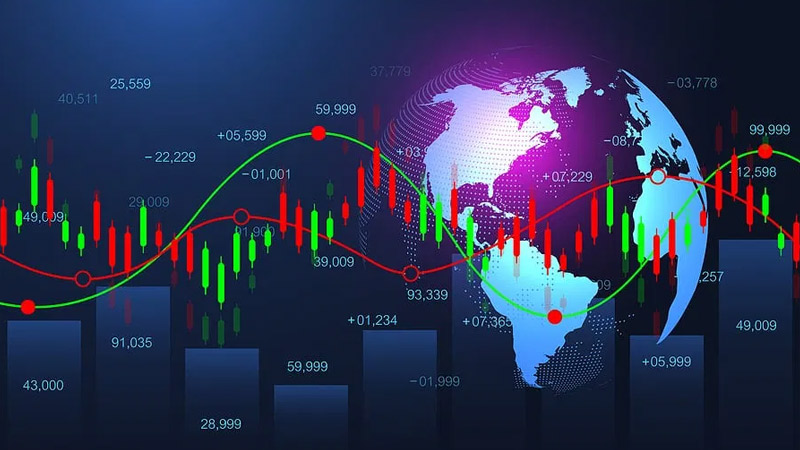
Are ETFs suitable for beginners?
There is no doubt that Exchange-Traded Funds, or ETFs, have become a popular investment choice for experienced and beginner traders. But are they suitable for beginners? We will look at what ETFs are, how they work and whether or not they are the right investment choice for you if you are just starting out trading.
What are ETFs, and how do they operate?
An ETF is a fund that owns a basket of underlying assets, such as stocks, bonds or commodities. The fund is then traded on an exchange, just like a stock. ETFs offer investors exposure to a wide range of asset classes and can be used to achieve different investment objectives.
Let’s say you want to invest in the US stock market but don’t want to pick individual stocks. You could buy an ETF that tracks the S&P 500, which is a broad index of US stocks. It would give you exposure to the US stock market without choosing individual stocks.
ETFs have become popular because they offer many advantages over other investment products. They are typically cheaper than actively managed funds, have lower turnover and are more tax-efficient. ETFs also offer greater transparency, as you know precisely what underlying assets the fund invests in.
Are ETFs suitable for beginners?
ETFs can be a good choice for beginner investors for several reasons. First, they offer a simple and cost-effective way to gain exposure to a wide range of asset classes. ETFs are also easy to trade and can be bought and sold like stocks.
Another advantage of ETFs is that they can help you build a diversified portfolio with a small amount of money. For example, let’s say you have $1,000 to invest. You could buy an ETF that tracks the S&P 500 and get exposure to 500 different US stocks. It would be much more difficult (and expensive) if you were buying individual stocks. Keep in mind before investing in ETFs. First, it is necessary to understand what underlying assets the ETF is investing in. Make sure you know how the ETF is managed and what the risks are before investing.
It’s also important to remember that ETFs are not risk-free. Just like any other investment, they can lose money. However, ETFs can be an excellent way to get started in the market if you’re a beginner investor.
How to get started with ETF investing
When choosing the right investment product, there is no one-size-fits-all solution. It ultimately depends on your circumstances and investment objectives. However, if you’re a beginner investor, ETFs can be an excellent option. Make sure you understand how they work and the risks before investing.
Tips for beginner investors
Educate yourself- Before you start investing, educating yourself on the basics of investing is essential. Many resources are available online and in libraries that can help you learn more about the different investment products and strategies.
Set goals- It’s essential to set realistic investment goals. Think about what you’re trying to achieve and how much risk you’re willing to take. Remember, investments can go up or down, so there is always a chance you could lose money.
Have a plan- Once you’ve set your investment goals, it’s time to develop a plan. It should include an Asset Allocation Strategy, which will help you determine how to allocate your assets across different asset classes.
Stay disciplined- Investing can be volatile, and it’s crucial to stay disciplined. It means sticking to your investment plan and not making impulsive decisions. Remember, short-term fluctuations shouldn’t concern you too much if you’re investing for the long term.
Review your progress- It’s important to review your investment portfolio regularly and ensure it’s still aligned with your goals. It will help you stay on track and make adjustments as needed.
The future of ETFs
The popularity of ETFs has grown tremendously in recent years, and this trend is expected to continue. According to a report by BlackRock, global ETF assets are expected to reach $7 trillion by 2030. This growth is driven by several factors, including the continuing shift from active to passive investing and the increasing popularity of index-based investing.



